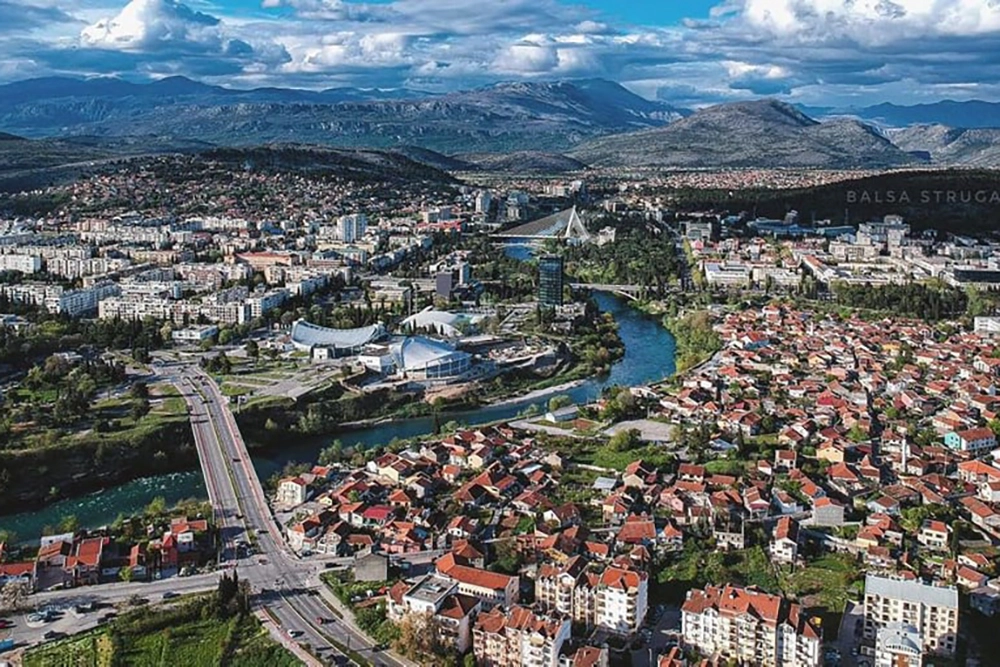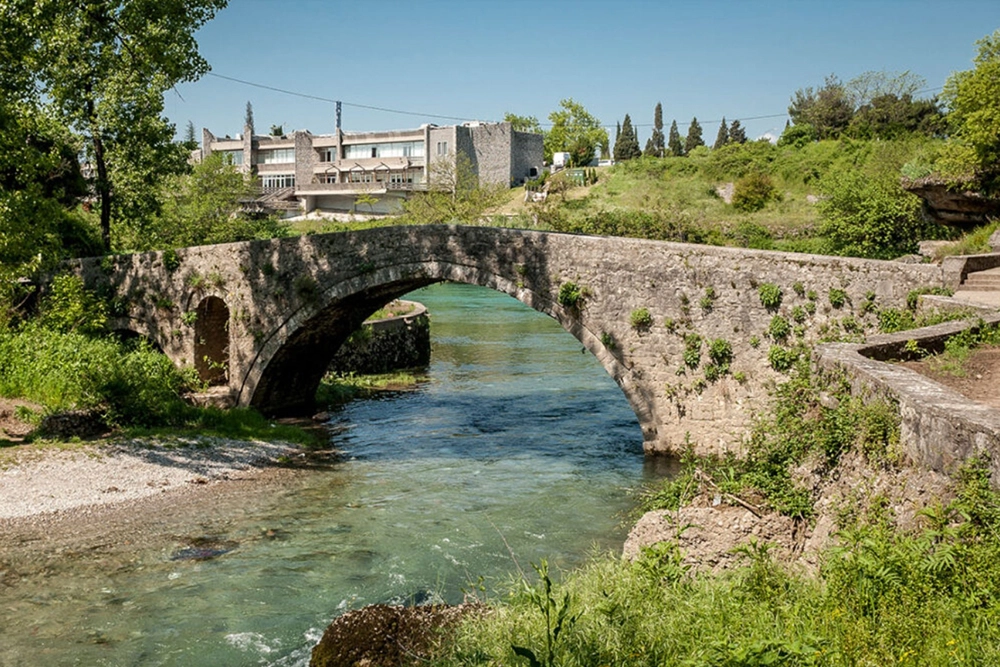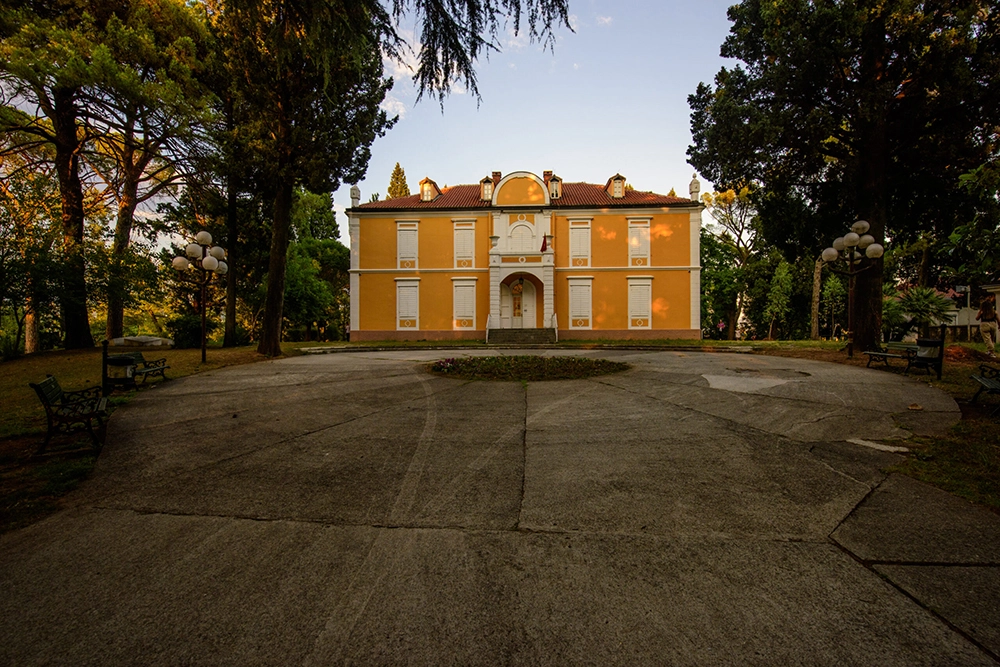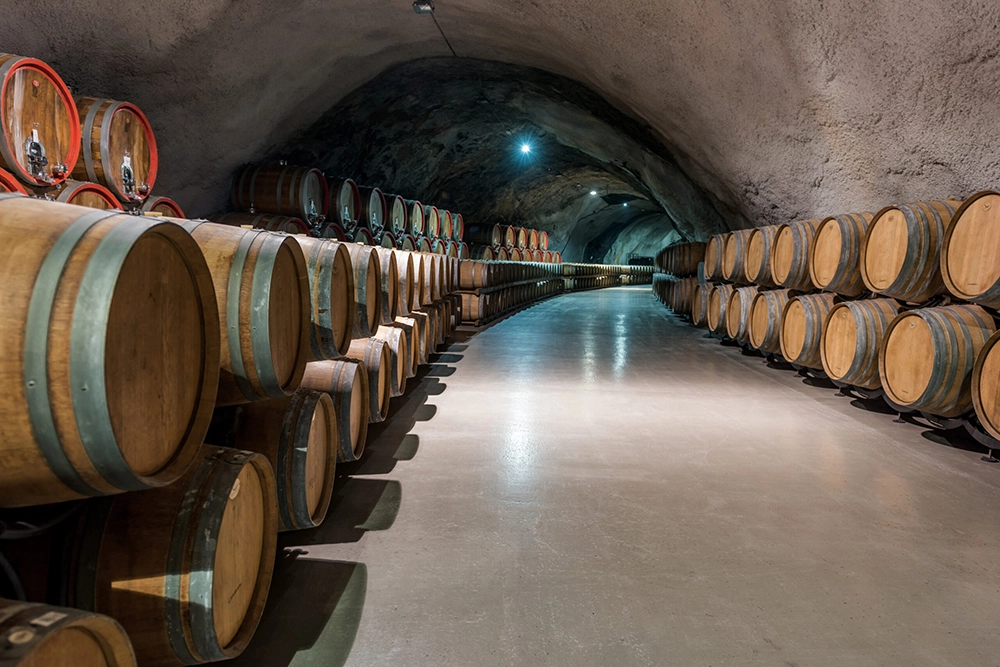Montenegro, a beautiful and diverse country on the Adriatic coast, promises countless adventures and picturesque landscapes. From stunning coastal views to imposing mountains, there's something for everyone. In the following, we will take a glance at its vibrant capital city, Podgorica.
These are the main things you need to know:

*Photo: ShareMontenegro
With its position in the heart of Montenegro, Podgorica is centrally located, making it a strategic hub for easy access and good transportation links to the entire country. Having been a melting pot throughout history, today, it offers a unique urban charm, and people from all over Montenegro move here in search of work and a more urban lifestyle. Podgorica has a Mediterranean climate characterized by hot, dry summers and mild, wet winters. Exploring in the summer may not be the best option, but as soon as temperatures drop, Podgorica will be ready to shine its full potential – it’s great for long walks or exploring on a bike.

*Photo: TO Podgorica
Podgorica has a rich history. It is one of the oldest settlements in the region, with the oldest remains of material culture dating back to the late Stone Age. It was the settlement of two Illyrian tribes, Labeati, with their own fortress – today’s Medun and Docleati, with Doclea as their main settlement (around 3 km from today’s Podgorica).
In the later course of history, as Doclea was destroyed, Slavic groups migrated to the area and started building their own settlements. At first, it was called Ribnica, after the Ribnica River, and later Podgorica - a prosperous city with strong trade routes.
With the Ottoman occupation, Podgorica became a large fortification with towers, defensive walls and gates from which the Ottomans resisted all attacks for four centuries. At the Congress of Berlin in 1878, Podgorica was given back to Montenegro. It was the new beginning, and the city started developing fast and regained its reputation as a trading center.
In the period between the two world wars, it had a population of approximately 13 thousand. The city suffered great losses during World War II, having been bombed over 70 times. After the war, it was named Titograd and became the capital of Montenegro, which was part of the socialist Yugoslavia. It kept that name until 1992 when it was changed back to Podgorica.

*Photo: TO Podgorica
Podgorica boasts many worth-visiting attractions; these are our suggestions:
- Gorica Hill – a symbol of the city after which Podgorica was named. It is great for all kinds of recreation.
- Doclea Ruins - a significant archaeological site that offers a glimpse into the past.
- Medun – a historic settlement located 13 km from Podgorica, where you can learn about Montenegrin history and Marko Miljanov, a famous hero and writer.
- Sahat Kula and Old Town – perfect examples of the Ottoman architecture and heritage.
- Bridges of Podgorica – the city lies on five rivers, and exploring its bridges can be made into an adventure to remember.
- Modern Gallery – with the exhibition of the most significant works of art from the second half of the 20th century in Montenegro.
- Urban city center - known for great cafes, bars, pubs, and clubs, offers the nightlife of a true metropolis.
- The capital's F&B offer is diverse with restaurants with various menus including international and great local specialties.
- Wine Tourism at its best – Plantaže Winery is a must-visit. Located in the southeast of Podgorica in Ćemovsko Polje, between rivers Morača and Cijevna, it covers an area of 2,320 ha, and it is the largest vineyard in Europe with more than 11.5 million vines and authentic Montenegro wines.
*Photo: TO Podgorica
As Montenegro is well-connected, exploring it is always an interesting adventure. Staying in Portonovi will serve as an excellent starting point for your Montenegrin experience. The Lifestyle reception can organize guided tours, ensuring a seamless and enriching exploration of this beautiful region.
Ready to start your Montenegrin adventure? Book your stay at Portonovi today!
Have you ever thought about swapping city life for coastal living in a small country? In Montenegro, mornings start with salty air drifting through your window and end with sunsets over mountains that touch the water. It’s the kind of place where natural beauty and a balanced, feel-good way of living go hand in hand.
Nestled in the heart of Durmitor National Park, Žabljak is a charming mountain town in northern Montenegro that offers breathtaking views, crisp mountain air, and untouched wilderness.
Located between rugged mountains and the sparkling Adriatic Sea, Montenegro is a small country, but don’t let that lead you to the wrong track. Its name, meaning “Black Mountain,” evokes dramatic natural landscapes, while its charm lies equally in ancient history, Mediterranean culture, and modern luxury.